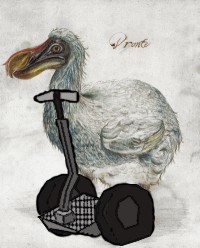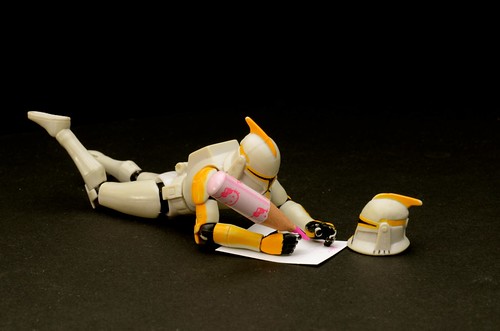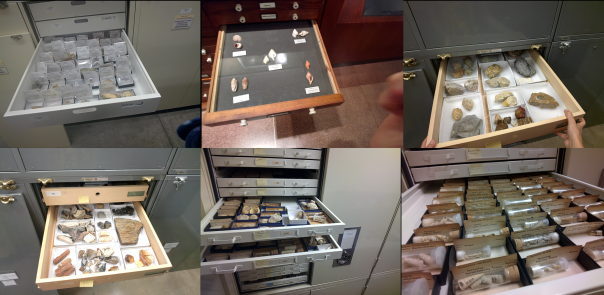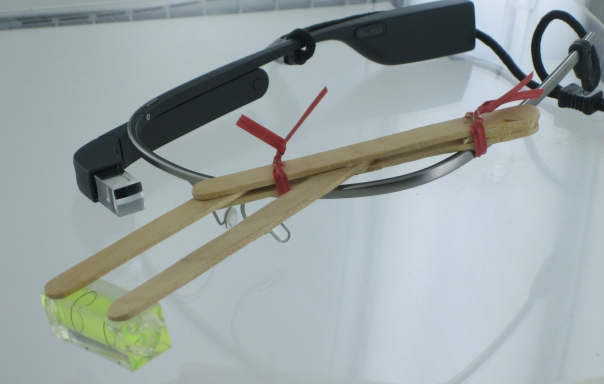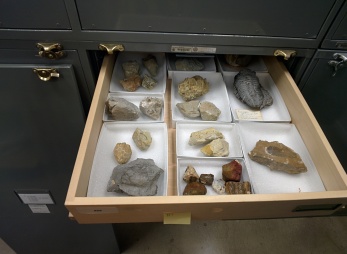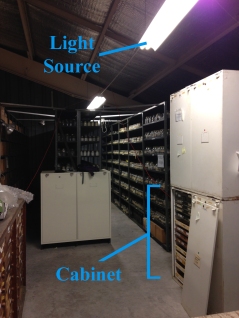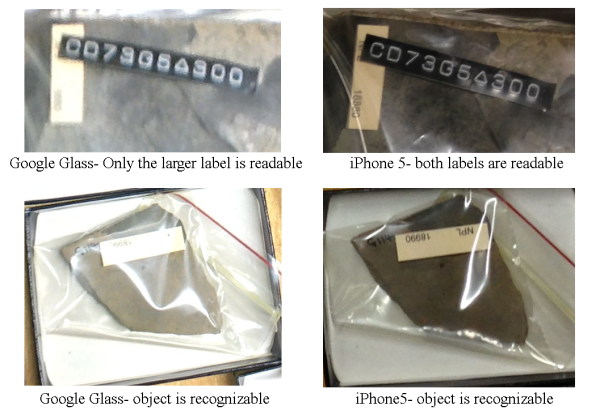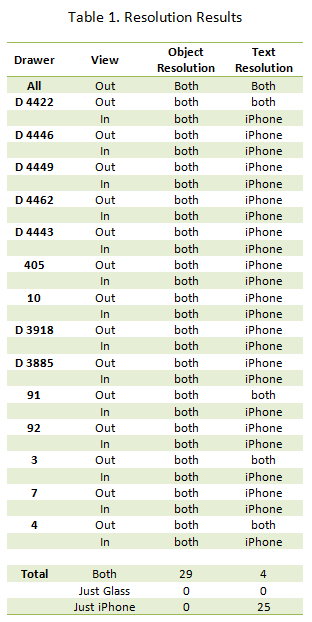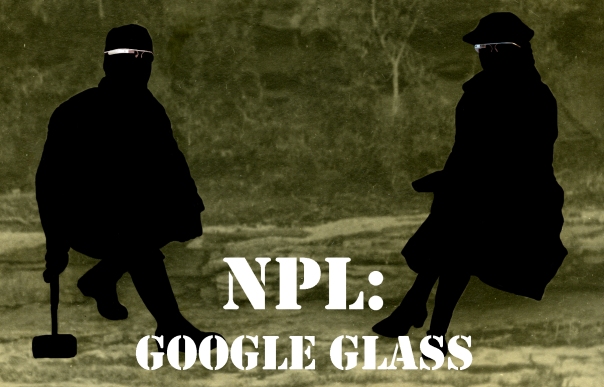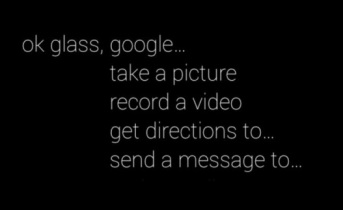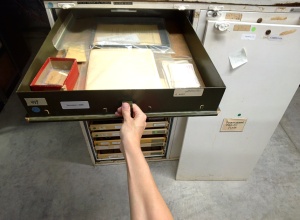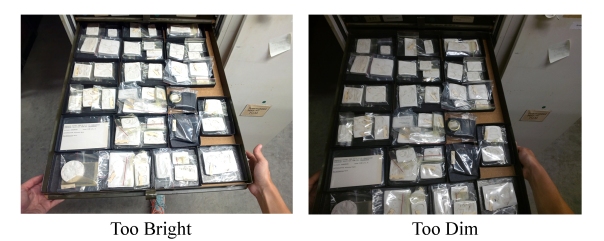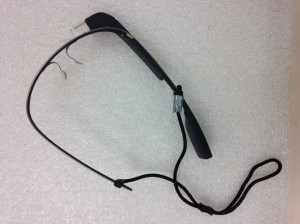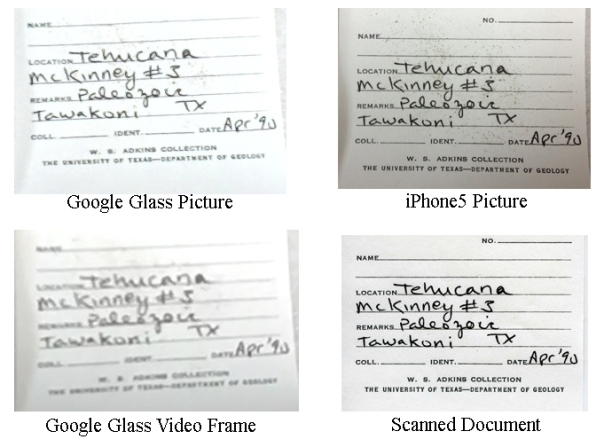Author: Brianna
I have two similarly slender books on my desk that are both virtually guaranteed to give me a little motivation boost on any given day: How to Write a Lot, by Paul Silvia, and Writing Your Dissertation in Fifteen Minutes a Day, by Joan Bolker. These books are concise and have plenty of concrete advice that can actually get you writing more, so they’re worth a read.
A major decree from both books is that you must write, at least a little, every (work)day.
I haven’t written much over the last year or two (not just on this blog!), mainly because I’ve been amassing a pile of dissertation data that’s involved many museum trips, measuring hundreds of fossils, lots of pictures, more CT scans than you should shake a stick at, and several memorable weeks collecting gait data on the friendly tapirs at our local zoo.
A few weeks ago, as I tried to gather my thoughts and my PowerPoint slides before heading to the ICVM meeting, I was browsing through the Bolker book when I came across her suggestion to begin each day with ten minutes of free-writing. This can take the form of whiny stream-of-consciousness (“I don’t have any ideas. Why do I never have any ideas…?”), posing a series of questions to yourself (about the project in general, or a particular area you’re stuck on), exploring your thoughts and line of reasoning for something, or even just writing out sentences/paragraphs that might go into a paper.
I’m quite familiar with the creative-writing practices of beginning with free-writing, or shitty first drafts (link is to a PDF file), or starting the day with morning pages. I know it’s useful in that context; I spent a year in an intensive creative writing course at the University of Oregon where at one point we were turning in new short stories every couple weeks, and the only option was to write your tired little fingers off. Also, the license to whine or navel-gaze as part of the free-writing is useful for a fairly high-strung person like me so I can get the cluttered, gnawing thoughts out of my head and onto the page.
But for my research?
Once I thought about it, though, it makes a lot of sense. A recurring concept in books like these, whether about creative writing or scientific writing, is that we should write so that we can think—not think so that we can write.
After spending so much time collecting, processing, and analyzing data, I was feeling a distinct lack of big-picture thinking about the broader arc of my dissertation. Also, I’m nearing my favorite time: paper-writing time. One or two of my dissertation projects are very nearly ready to write up as papers, but that means I need to be in a writing frame of mind again!
Enter dissertation free-writing. Most resources on free-writing (/shitty first drafts/morning pages) recommend using a notebook and pen, but I’m lazy and I like things I can search or copy/paste, so I made a Word document. Do whatever works for you.
Let me tell you, it was the best idea I’ve had in awhile.
I started with all the questions I have, or want to answer, or am trying to answer. I wrote out ideas about how I am doing that, and how I might do that in the future. I noted down snags and doubts and areas where I feel like my logic or argument is fuzzy. I brought up papers I’ve read (or need to read) that relate to certain areas. I pondered follow-up projects. I sketched out some plans for my ICVM talk. I made a list of the last bits of data I need to get before writing up a paper. I sketched out the main ideas of each of the next few papers I’ll write. I whined (a little). I spent some time thinking about the Big Ideas that get me excited as a scientist, and how I might pursue those in the long run.
Naturally my overall thinking has been boosted by feedback and conversations at this conference, but even before I got here, I began to feel a nice sense of clarity – like I could actually wrap my brain around the project again instead of being lost in the weeds.
Time will tell how much this pays off in terms of actual writing productivity. I’ve begun writing snippets of actual…well, writing….in my free-write document, the kinds of sentences that might go into a paper. I tend to think pretty hierarchically, so before long I’ll begin working from an actual outline for these manuscripts. We’ll see how much of the material generated in these sessions translates to the draft itself, but I am already convinced of the utility of daily(ish) free-writing to boost productivity on a specific research project.

